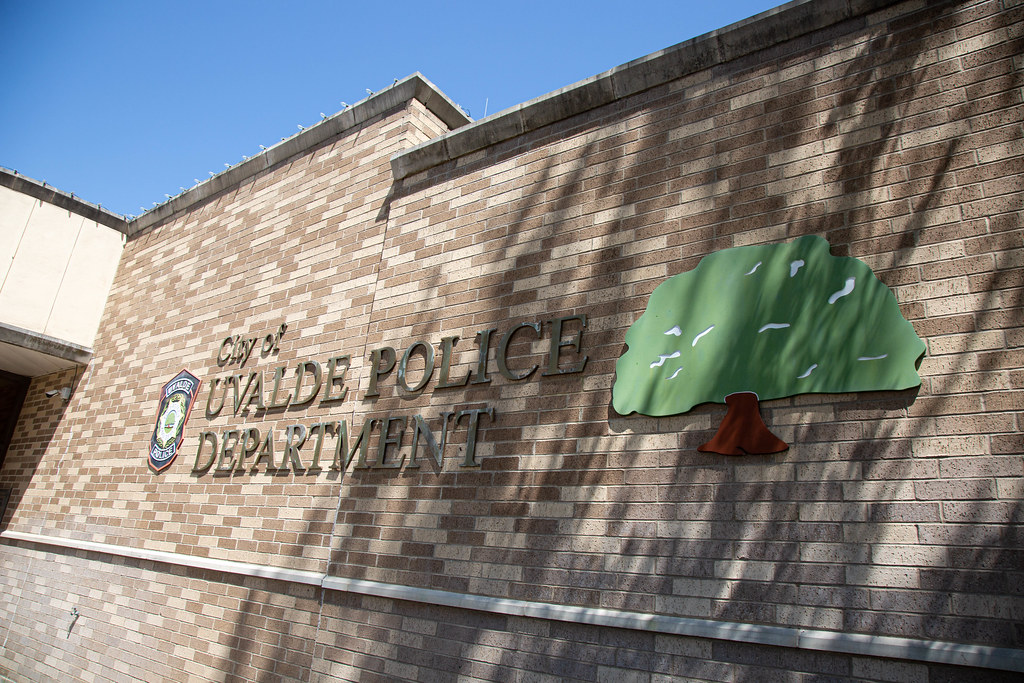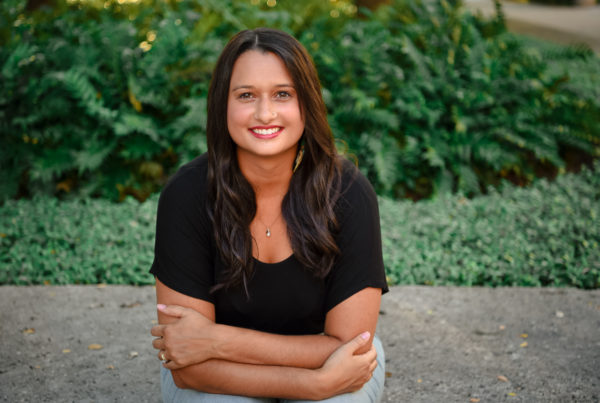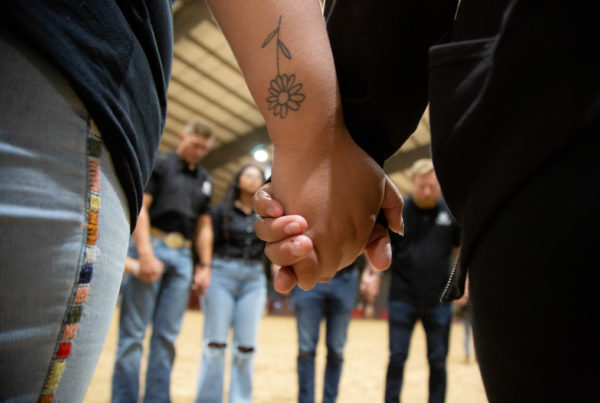In the week since 19 students and two teachers were killed at Robb Elementary School in Uvalde, local law enforcement has come under intense scrutiny for its response to the shooting.
On Friday, Department of Public Safety Director Steve McCraw said “it was the wrong decision” for law enforcement not to engage the 18-year-old gunman, who spent more than an hour in the school. Nineteen officers were inside but did not break into the classroom based on the on-scene commander’s determination that the situation had transitioned from an active shooter to a barricaded subject. On Sunday, the Justice Department announced that it will conduct a review of the police response to the shooting.
How prepared were the school district’s police force and the Uvalde Police Department to handle an active shooter situation? Mike Baker, a national correspondent for The New York Times who has been researching the training of Uvalde officers, said Uvalde Consolidated Independent School District police started doing active shooter training two years ago and did their most recent training two months ago.
“And this isn’t just theoretical in-classroom discussion,” Baker said. “They were roaming the hallways, role-playing scenarios, and it brought together several agencies from around the area with the goal of ‘let’s get everyone up to speed on what our schools look like and how we might collaborate on a situation like this should it arise.‘”
Baker said that, since the 1999 shooting at Columbine High School, emphasis for police response to an active shooter has been to immediately go in and stop the gunman, as opposed to securing the scene or getting a SWAT team in position.
“The training that the Uvalde police were basing their preparations on say that as little as one officer may need to go in on their own to confront the gunman, because we all know that in these types of situations with such high-powered weaponry that are being used, the body count rises so fast that time is of the absolute essence,” he said.
Baker said the incident commander’s call that police were dealing with a barricaded subject situation – which might call for a more cautious approach and more preparations – is in conflict with students continuing to call 911 and shots being heard after the initial attack, which “certainly raises more questions about why they made the decision to continue waiting more than an hour here when students may have been dying in the classroom or being continued to be shot.”
A statement from the Justice Department said the goal of its review “is to provide an independent account of law enforcement actions and responses that day, and to identify lessons learned and best practices to help first responders prepare for and respond to active shooter events.” Baker said a key takeaway from that review will be any conclusions on what to do differently in the future for situations like Uvalde’s in which officers were equipped with training but don’t appear to have followed it.
“I’ll be interested to see if there is some accountability aspect of this investigation and what the guidance is going forward,” he said. “I do think there’s a really interesting dynamic here where if you are that first officer on the scene, if you are the first two officers there and you’re charged with going in to confront a gunman who has really high-powered weaponry and hundreds of bullets to shoot, you know, what is the call there? And the documents really, that we’re looking at with this training document say, you know, these officers got to be really ready to lay down their lives to stop the shooter, to protect innocent lives. And, you know, if they’re not ready to do that, it may be time to look at a new career.”















